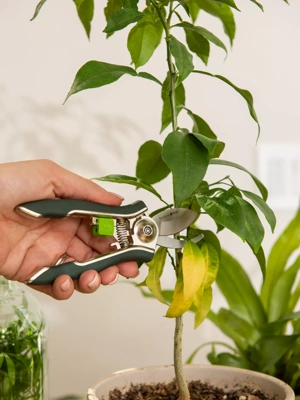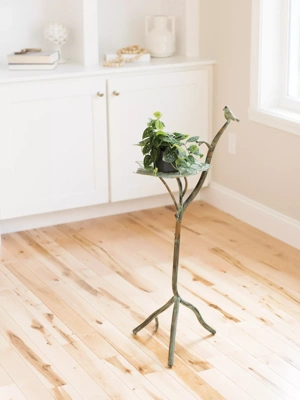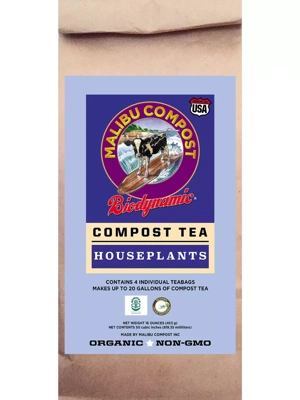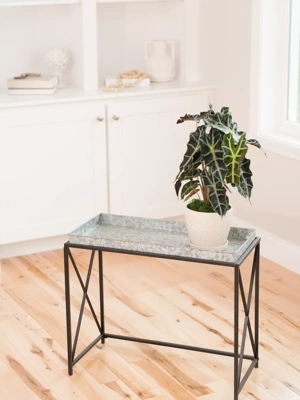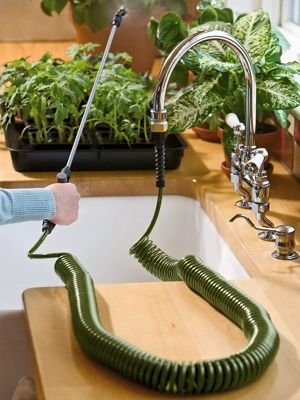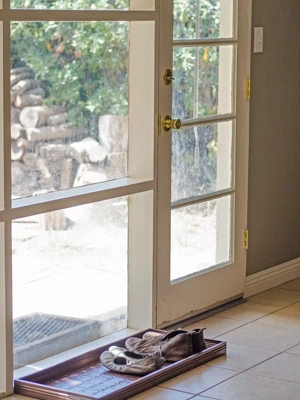How to Care for Croton
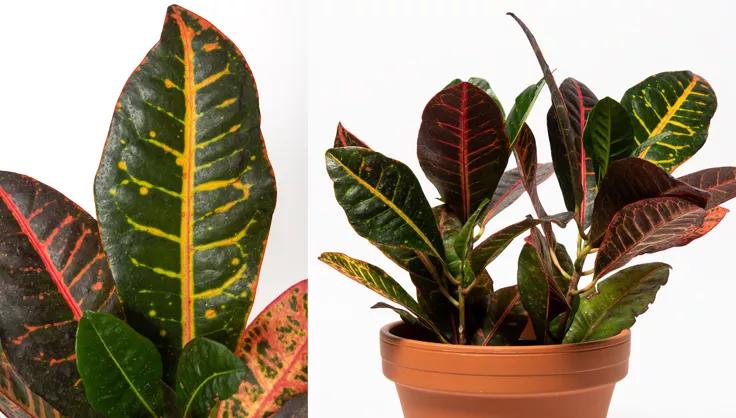
Crotons (Codiaeum variegatum) are tropical perennials, native to India and Malaysia. Thriving in zones 11-12 as a tender perennial, it is not hardy in colder climates. In subtropical and tropical regions, crotons are commonly planted as ornamental landscape shrubs, serving as bold focal points in gardens. As a landscaping plant in tropical climates, croton is a compact shrub. In its natural environment, this branching and bushy shrub can reach heights of up to 10 feet, although those offered as houseplants are typically much smaller than their wild counterparts.
Types of Croton To Try
Croton are members of the Euphorbiaceae family of plants, which makes them relatives of the poinsettia and the cast iron plant. There are several hundred cultivars at this time, though they are frequently not labeled any more specifically than "Croton" in most nurseries.
Codiaeum variegatum 'Petra': one of the most common varieties available, it has wildly varied markings in bold yellow, pink, orange and red
Codiaeum variegatum 'Mrs. Iceton’: unique leaves that emerge warm yellow and mature to pink and deep red as they age
Codiaeum variegatum ‘Gold Star’: yellow spots splashed across narrow, bright green leaves
Codiaeum variegatum ‘Oakleaf’: oak leaf–shaped dark green or bronze leaves with yellow, orange, and red veins
Codiaeum variegatum ‘Mammie’: twisted, multi-colored leaves tending towards greens and purples with hints of red
Best Growing Conditions For Croton
Light
Crotons need a lot of light to maintain their vibrant colors. Place them in a spot where they can receive bright, indirect sunlight for at least 6-8 hours a day. Direct sunlight can scorch their leaves, so filtered light is best.
Soil
Well-drained and nutrient-rich potting soil is ideal for crotons. A mix containing peat moss, pine bark, and perlite works well. They prefer a slightly acidic to neutral pH.
Humidity
As tropical plants, crotons do best with moderate to high humidity and warm temperatures. Croton prefer temperatures between 60 and 85ºF, often suffering leaf drop if temperatures remain below 50ºF. Protect them from drafts and keep the room humid with a humidifier or regular misting.
How To Care For Crotons
Watering
Water crotons when the top 2 inches of soil feels dry. They prefer consistent moisture but do not like to sit in water. Ensure the pot has good drainage to prevent root rot.
Fertilizer
Nourish your croton with a balanced, water-soluble fertilizer every month throughout the growing season (spring to summer). Adjust the feeding schedule by reducing frequency during the fall and winter months.
Pruning
Pruning plays a vital role in maintaining the bushy and compact appearance of crotons. Trim back any leggy growth and remove yellow or damaged leaves using clean and sharp pruning shears.
Repotting
Crotons should be repotted every 1-2 years, or when they become root-bound. The best time to repot is in the spring, using a pot that’s one size larger than the current one.
Propagation
Propagating a croton plant may pose a challenge, but using softwood cuttings has the highest success rate. Select a mature stem, approximately the thickness of a pencil, and make a clean cut at a 45° angle just above a leaf node. Dip the cut end in a rooting hormone. Trim the upper leaves from the cutting, and plant it in a small pot filled with gritty compost, then cover it with a clear plastic bag to maintain high humidity. After roots have formed (this may take 3-4 weeks) transplant your new cutting to fresh soil.
Common Problems with Crotons
Pests and Diseases
Watch out for common pests like spider mites, mealybugs, and scale. Regular inspection and prompt treatment are key. Overwatering can lead to root rot, so ensure proper drainage.
Toxicity
Crotons are toxic to pets and humans if ingested. The sap can also cause skin irritation. It’s best to keep them out of reach of pets and children.
Croton FAQs
Q: Why are the leaves of my Croton dropping?
A: Leaf drop in Crotons is often a sign of stress, possibly due to a change in location, water stress, or temperature fluctuations. Ensure consistent watering and keep your plant away from drafty doors and windows.
Q: Can Crotons be grown outdoors?
A: In warm climates (USDA grow zones 9-11), Crotons can be grown outdoors. They make excellent landscaping plants but need protection from direct sunlight and cold temperatures.
Q: Why are my Croton's leaves no longer colorful?
A: The color of your Croton’s leaves will also indicate if it’s receiving enough sunlight. Too little light will cause the leaves to revert to green and lose their variegation. Leaves will grow in mostly green and lack the vibrant reds, oranges, and yellows if it is in too dark of a spot. Move to a brighter spot and be patient!
Turn up the color! Crotons bring a burst of tropical brightness to any space and, with the right care, can be a stunning addition to your indoor or outdoor garden. Happy Croton growing!
Last updated: 02/23/2024
Print this Article:
Related items
Related Articles
Get the Dirt
Stay up to date on new articles and advice. Please fill out the information below.


